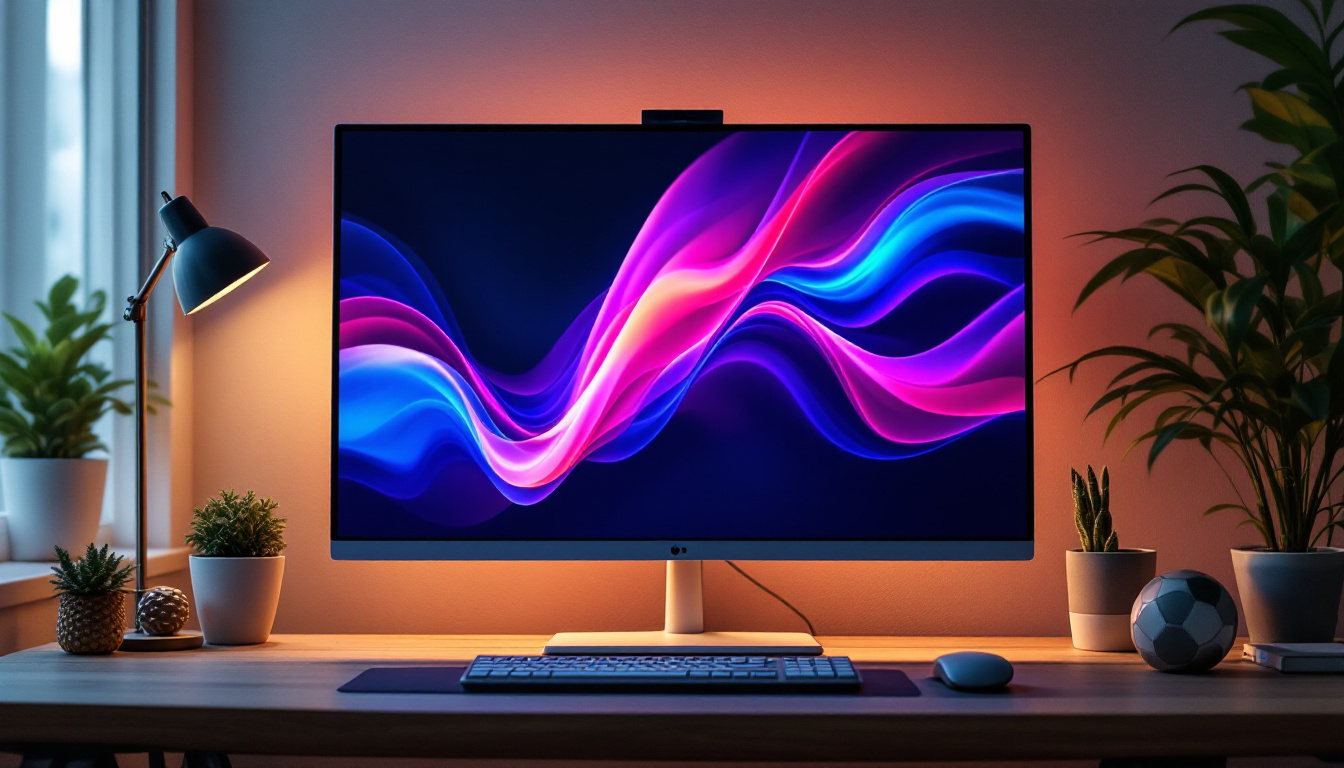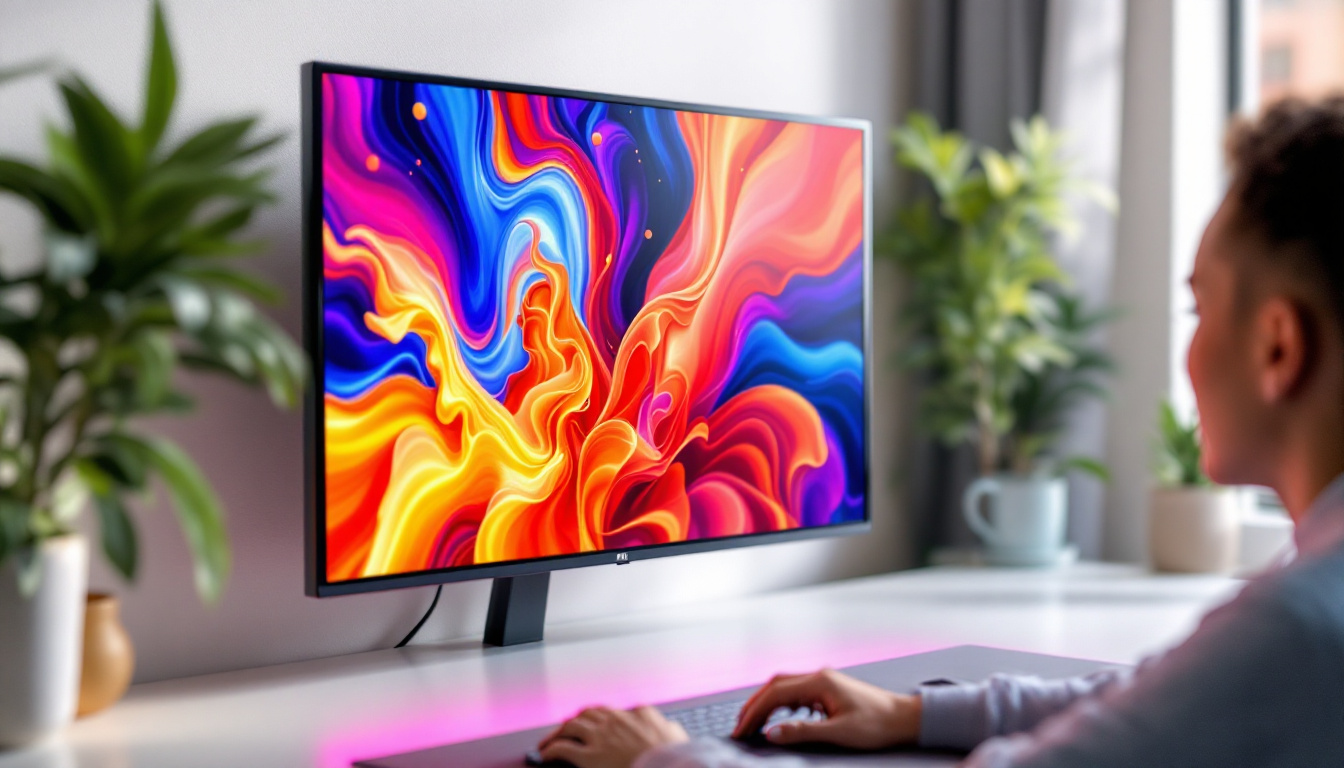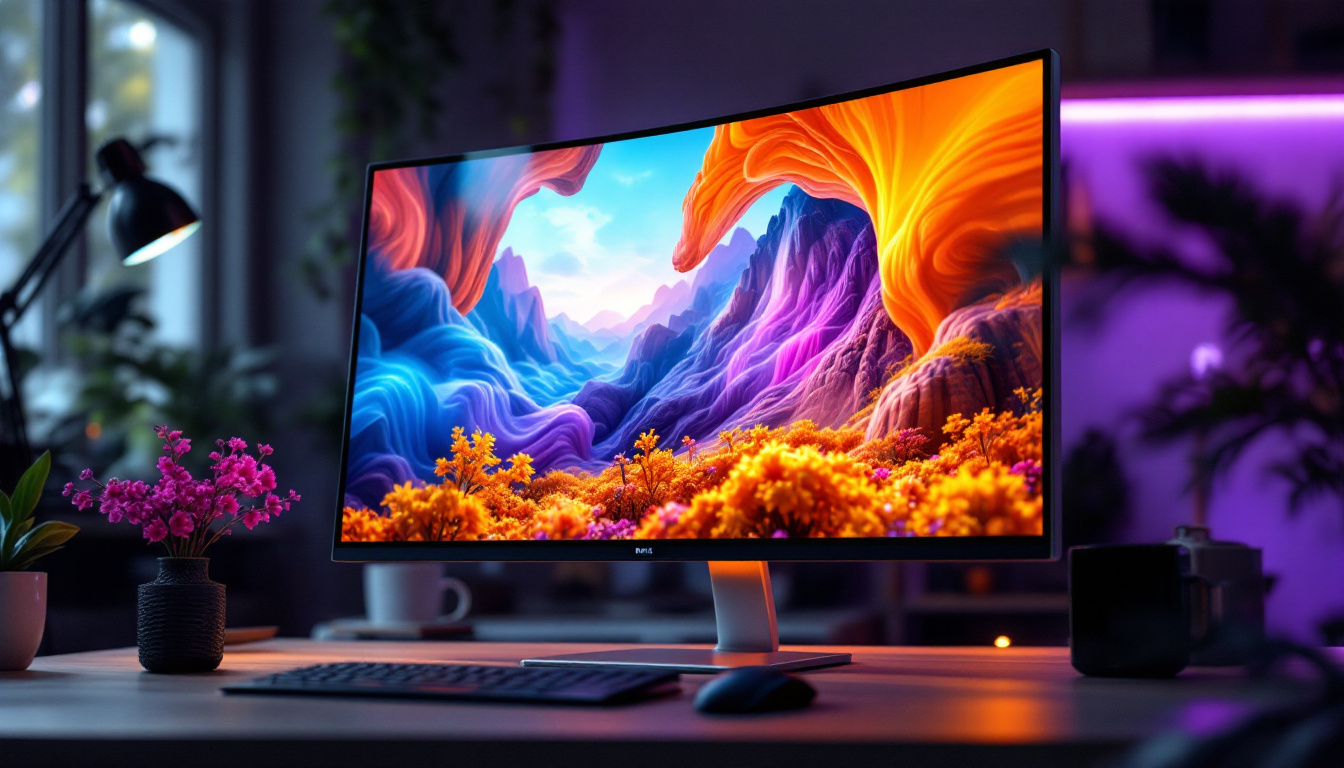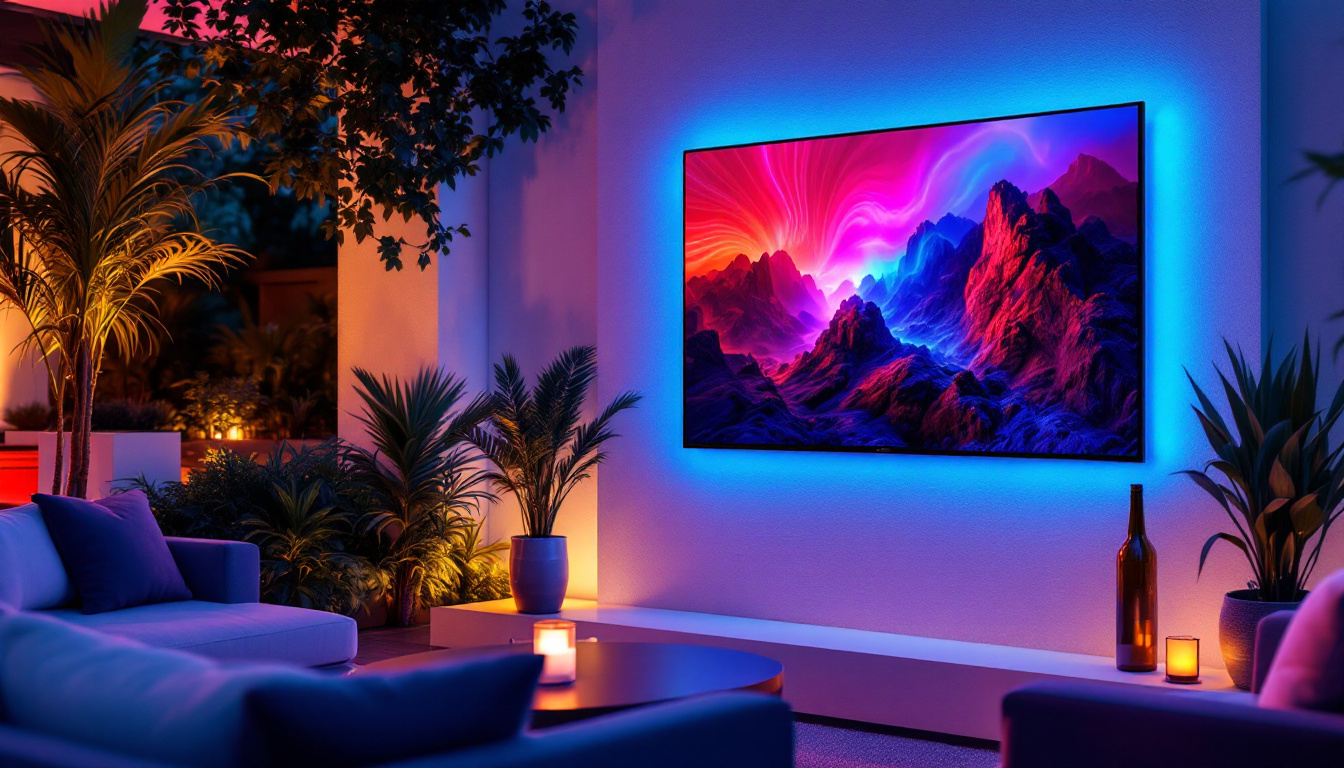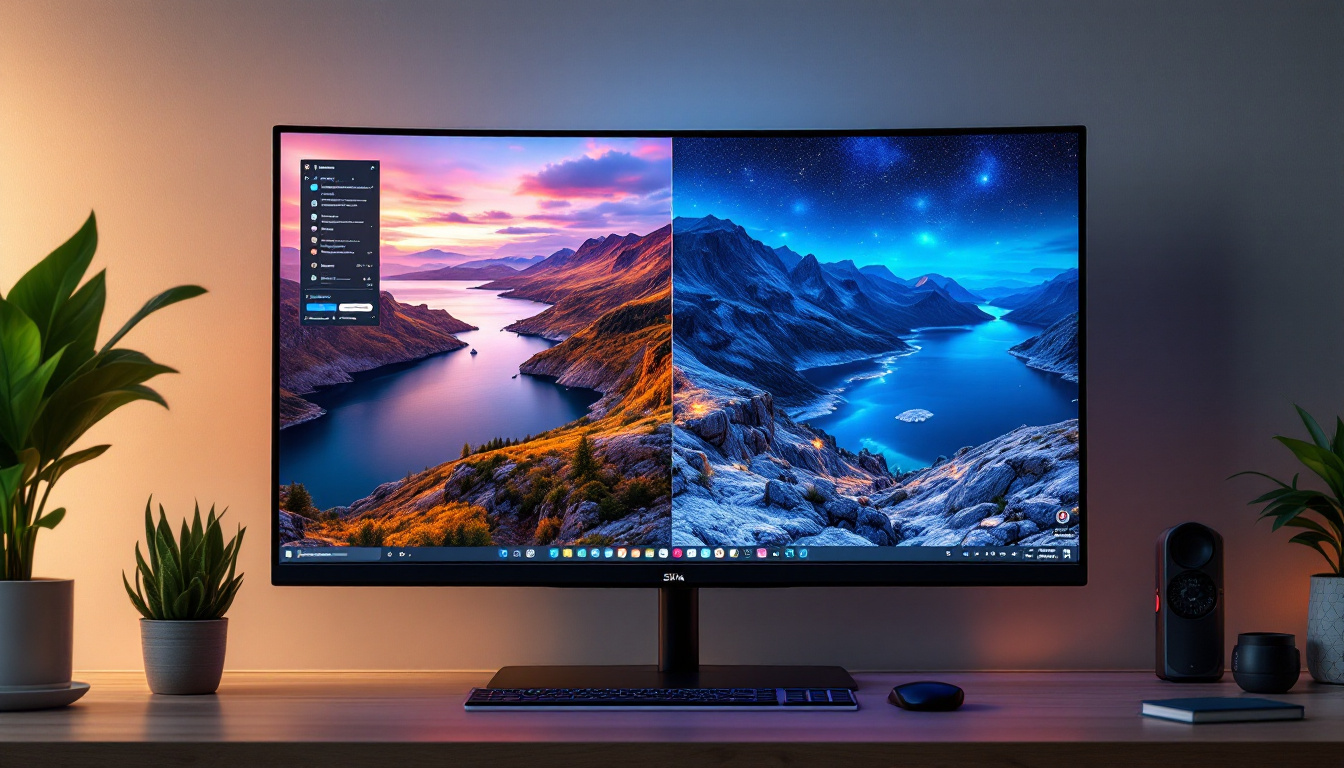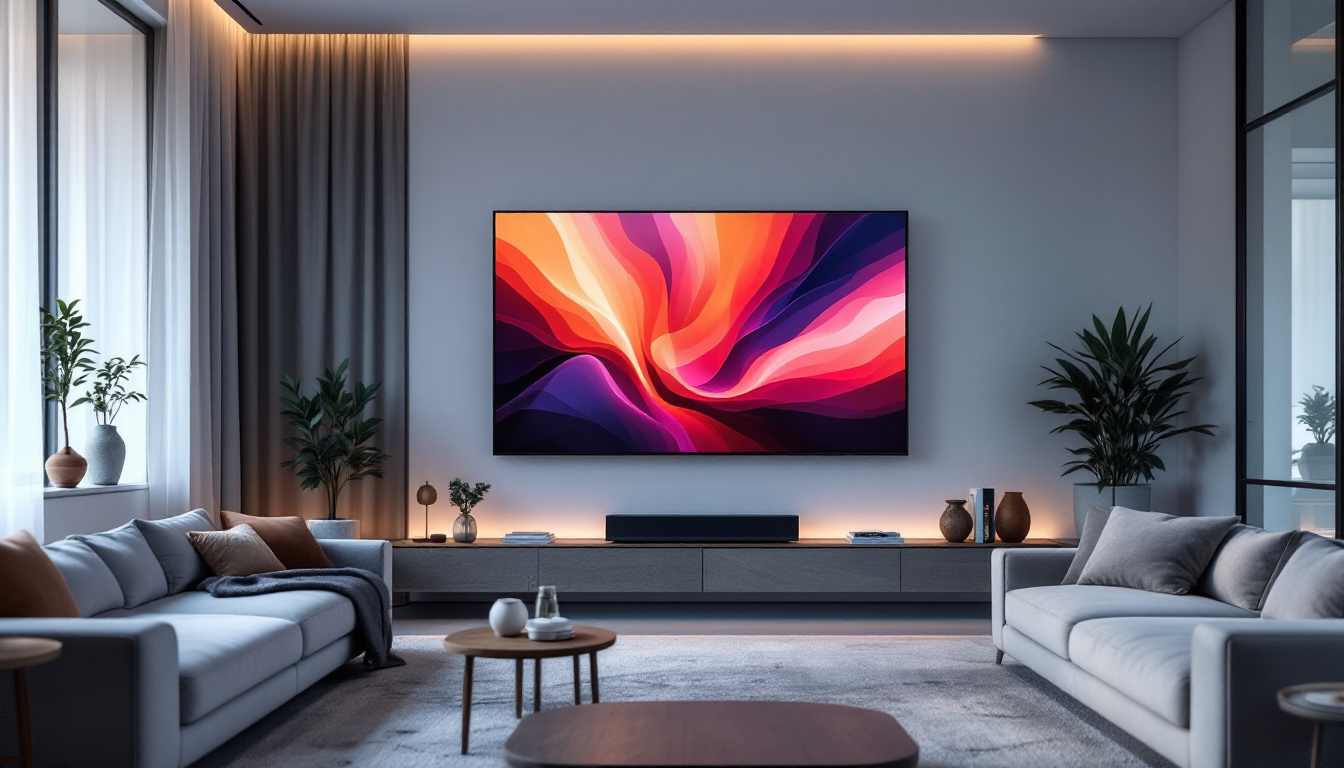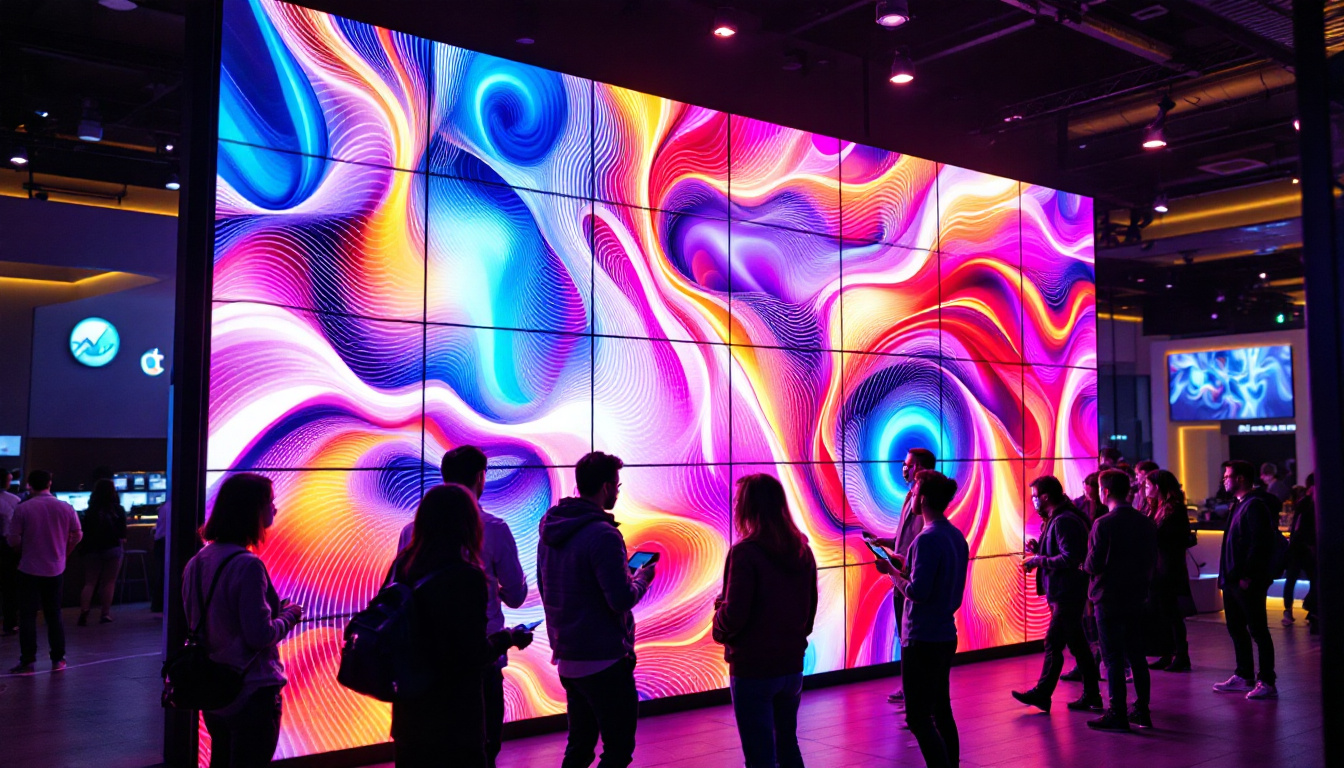What Is A Monitor LCD: LED Display Explained
In the world of technology, the terms LCD and LED are often used interchangeably, leading to confusion among consumers. Understanding the distinctions between these display technologies is essential for making informed choices when purchasing a monitor. This article delves into what an LCD monitor is, how LED technology fits into the picture, and the implications for users.
Understanding LCD Technology
Liquid Crystal Display (LCD) technology has been a cornerstone of modern display devices for decades. It utilizes liquid crystals sandwiched between two layers of glass or plastic. When an electric current passes through the liquid crystals, they align to either block or allow light to pass through, creating images on the screen.
The Basics of LCD Operation
The operation of an LCD monitor involves several key components. The most crucial are the backlight, the liquid crystal layer, and the color filters. The backlight, typically made of fluorescent tubes or LEDs, provides the necessary illumination. The liquid crystals modulate this light, while color filters add the red, green, and blue hues that combine to form the full spectrum of colors seen on the screen.
One of the advantages of LCD technology is its ability to produce sharp images with high resolution. This clarity makes LCD monitors suitable for various applications, from professional graphic design to casual gaming. However, LCDs are not without their limitations, particularly in terms of color accuracy and viewing angles. For instance, the perceived brightness and color fidelity can vary significantly depending on the angle from which the screen is viewed. This characteristic can be particularly noticeable in TN panels, where color shifts can be quite pronounced, leading to a less satisfying visual experience for users who frequently share their screens with others.
Types of LCD Displays
There are several types of LCD displays, each designed to cater to specific needs. The most common types include Twisted Nematic (TN), In-Plane Switching (IPS), and Vertical Alignment (VA). Each type has its strengths and weaknesses.
- Twisted Nematic (TN): Known for fast response times, TN panels are often favored by gamers. However, they typically suffer from poorer color reproduction and limited viewing angles.
- In-Plane Switching (IPS): IPS panels provide superior color accuracy and wider viewing angles, making them ideal for professional use. The trade-off is generally slower response times compared to TN panels.
- Vertical Alignment (VA): VA panels offer better contrast ratios and deeper blacks, making them suitable for multimedia consumption. However, they can lag behind IPS in color accuracy.
In addition to these common types, there are also specialized LCD technologies that cater to niche markets. For example, Advanced Fringe Field Switching (AFFS) panels enhance the viewing angles and color reproduction of traditional IPS displays, making them suitable for high-end applications like medical imaging and graphic design. Similarly, Super In-Plane Switching (S-IPS) technology further improves the response time of IPS panels, bridging the gap between speed and color fidelity, which is particularly beneficial for video editing and gaming. As technology continues to evolve, manufacturers are constantly innovating to enhance the performance and capabilities of LCD displays, ensuring they remain relevant in an increasingly competitive market dominated by OLED and other emerging technologies.
What Is LED Technology?
Light Emitting Diode (LED) technology is often associated with LCDs, but it is essential to understand that LED is not a separate display technology. Instead, it refers to the type of backlighting used in LCD displays. This distinction is crucial for consumers looking to understand the benefits of LED-lit monitors. The transition to LED technology has revolutionized the way we perceive visual content, making it more accessible and enjoyable for everyday users, from casual viewers to professional graphic designers.
How LED Backlighting Works
In traditional LCD monitors, the backlight is provided by Cold Cathode Fluorescent Lamps (CCFLs). LED backlighting, on the other hand, utilizes light-emitting diodes to illuminate the screen. This shift from CCFL to LED has led to several advantages, including improved energy efficiency, thinner designs, and enhanced brightness levels. The technology behind LEDs allows for precise control over light output, making it possible to achieve a wide range of colors and brightness levels that were previously unattainable with older technologies.
LED backlighting can be implemented in two primary ways: edge-lit and full-array. Edge-lit LED monitors have LEDs positioned along the edges of the screen, allowing for a slimmer profile. Full-array LED monitors, however, have a grid of LEDs behind the entire screen, providing more uniform brightness and better contrast ratios. This full-array approach not only enhances the viewing experience but also supports advanced features like local dimming, where specific areas of the screen can be dimmed or brightened independently, further improving the depth of the image.
Benefits of LED Displays
LED displays offer numerous benefits over traditional LCDs with CCFL backlighting. One of the most significant advantages is energy efficiency. LED monitors consume less power, which can lead to lower electricity bills and a reduced environmental footprint. This efficiency is particularly important in an era where sustainability is a growing concern, as consumers increasingly seek products that align with eco-friendly practices.
In addition to energy savings, LED technology allows for better brightness and contrast. This capability results in more vibrant colors and deeper blacks, enhancing the overall viewing experience. Furthermore, LED monitors tend to have a longer lifespan compared to their CCFL counterparts, making them a more durable choice. The longevity of LED displays means that consumers can enjoy high-quality visuals for years without the need for frequent replacements. Additionally, many modern LED monitors come equipped with features like adaptive brightness and blue light filters, which further enhance user comfort during extended viewing sessions, making them ideal for both work and leisure activities.
Comparing LCD and LED Displays
When comparing LCD and LED displays, it is essential to recognize that LED is a subset of LCD technology. Therefore, the comparison often revolves around the type of backlighting rather than the display technology itself. Understanding these differences can help consumers make informed decisions based on their needs.
Image Quality
image quality is one of the most significant factors to consider when choosing between LCD and LED monitors. LED-backlit displays typically offer better color accuracy and contrast, resulting in sharper and more vibrant images. This improvement is particularly noticeable in dark scenes, where LED technology excels in producing deeper blacks.
However, it is crucial to note that not all LED monitors are created equal. The quality of the panel and the technology used can significantly impact the final image quality. For instance, an IPS LED monitor will generally provide better color reproduction than a TN LED monitor.
Energy Consumption
Energy efficiency is another critical aspect of the LCD vs. LED debate. LED monitors consume less power than traditional LCD monitors with CCFL backlighting, making them a more environmentally friendly option. This reduced energy consumption can lead to significant savings over time, especially for users who spend extended hours in front of their screens.
Additionally, as energy efficiency becomes increasingly important in today’s world, opting for an LED monitor can contribute to a more sustainable lifestyle. Many consumers are now prioritizing energy-efficient devices in their purchasing decisions.
Choosing the Right Monitor for Your Needs
Selecting the right monitor involves considering various factors, including intended use, budget, and personal preferences. Understanding the differences between LCD and LED technologies can help narrow down the options and lead to a more satisfying purchase.
Consider Your Usage
Different users have different needs when it comes to monitor performance. For gamers, response time and refresh rate are critical factors. In this case, a TN LED monitor might be the best choice due to its fast response times. However, for graphic designers or photographers, color accuracy is paramount, making an IPS LED monitor a more suitable option.
For general office work or casual browsing, a standard LED monitor will typically suffice. It is essential to assess how the monitor will be used to ensure it meets the specific requirements of the user.
Budget Considerations
Budget plays a significant role in the decision-making process. LED monitors tend to be more expensive than traditional LCD monitors with CCFL backlighting. However, the price difference has been decreasing over the years as LED technology becomes more mainstream.
When shopping for a monitor, consider the long-term benefits of investing in an LED display. While the initial cost may be higher, the energy savings and improved image quality can justify the expense over time.
Future of Monitor Technology
The world of monitor technology is continually evolving, with new advancements on the horizon. As consumers become more discerning and technology continues to improve, manufacturers are exploring innovative solutions to enhance the viewing experience.
Emerging Technologies
One of the most exciting developments in monitor technology is the rise of OLED (Organic Light Emitting Diode) displays. Unlike LCD and LED technologies, which rely on backlighting, OLED displays emit their light, resulting in even better contrast ratios and color accuracy. This technology is gaining traction in high-end monitors and televisions.
Additionally, Mini-LED technology is emerging as a hybrid solution, combining the benefits of LED backlighting with the advantages of OLED. Mini-LEDs offer improved local dimming and contrast, making them an attractive option for consumers seeking high-quality displays.
Conclusion
Understanding the differences between LCD and LED monitors is essential for making informed purchasing decisions. While both technologies have their merits, LED displays, with their energy efficiency and superior image quality, are increasingly becoming the preferred choice for consumers.
As technology continues to advance, staying informed about emerging trends and innovations will empower users to select monitors that best suit their needs. Whether for gaming, professional work, or casual use, the right monitor can significantly enhance the overall experience.
In summary, whether one opts for an LCD or LED monitor, the key is to evaluate individual requirements and preferences. With a wealth of options available, finding the perfect display has never been easier.
Discover LumenMatrix’s Advanced LED Display Solutions
Ready to experience the future of display technology? LumenMatrix is at the forefront of LED innovation, offering a wide range of cutting-edge LED display solutions tailored to your needs. From vibrant Indoor and Outdoor LED Wall Displays to dynamic Vehicle and Sports LED Displays, our products are designed to captivate and engage. Explore our LED Poster Displays, Floor LED Displays, and revolutionary Transparent LED Displays to create unforgettable visual experiences. Elevate your brand and communicate your message with unparalleled clarity. Check out LumenMatrix LED Display Solutions today and transform the way you connect with your audience.

